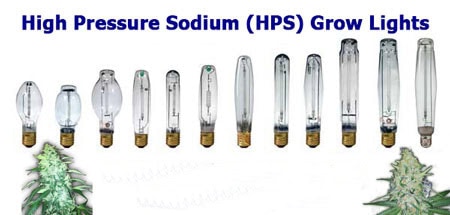High-pressure sodium (HPS) bulbs have been used for outdoor and industrial lighting for a long time. You’ll find them in street lights, parking lots and big commercial spaces because they produce a lot of light and are pretty efficient compared to older lights.
However, LED (light emitting diode) lights are quickly replacing HPS lights in a lot of applications. The big question a lot of people have is, “Can I replace a high pressure sodium bulb with LED?” The answer is yes, and in most cases, you should.
Yes, you can replace a high pressure sodium bulb with an LED equivalent. There are retrofit LED bulbs that fit in your existing fixtures and give you better energy efficiency, longer life and better light quality compared to HPS bulbs.
Let’s talk about how to replace HPS bulbs with LEDs and the benefits of doing so.
Why Replace High Pressure Sodium Bulbs with LED?
High pressure sodium bulbs have been a reliable lighting source for outdoor areas for many years. They offer a high lumen output per watt, making them more efficient than older incandescent or fluorescent bulbs. However, despite these benefits, HPS bulbs also have several downsides. One of the major issues is their poor color rendering. The yellow-orange light emitted by HPS lamps makes it difficult to see colors accurately, which is problematic in certain settings like parking lots and streets where clear visibility is essential for safety.
Additionally, HPS bulbs experience lumen depreciation, meaning their light output diminishes over time, even though they continue to use the same amount of electricity. As a result, you end up with a dimmer light over time without any reduction in energy consumption. Furthermore, HPS bulbs generate a significant amount of heat, and the associated ballasts that regulate the electrical current consume additional energy.
Replacing HPS bulbs with LED lighting addresses all of these issues. LEDs are more energy-efficient, produce higher quality light with better color rendering, and last significantly longer. Moreover, LEDs offer the added benefit of flexibility with features like dimming and smart controls, which can enhance lighting performance and reduce energy consumption even further.
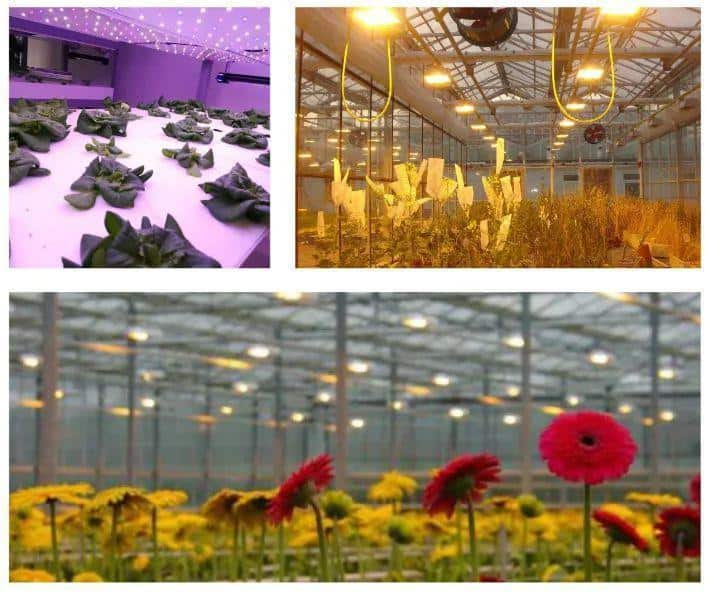
How to Replace High Pressure Sodium Bulbs with LED
Replacing HPS bulbs with LED bulbs can be a straightforward process, but there are several important considerations to ensure a successful replacement:
1. Check the Fixture Compatibility
The first step in replacing an HPS bulb with an LED is to check whether the new LED bulb will fit into the existing fixture. Most LED retrofit bulbs are designed to fit into standard HPS fixtures, making the replacement process simple. However, it’s essential to verify that the LED bulb is compatible in terms of both physical size and electrical requirements. Some LED bulbs may be larger or smaller than HPS bulbs, which could pose a challenge in enclosed or tight fixtures.
You should also check the specifications of your current fixture to ensure that it can handle the voltage and wattage requirements of the LED bulb. In most cases, LED bulbs will use significantly less wattage than the HPS bulb they are replacing, but it’s still important to verify compatibility.
2. Ballast Considerations
One of the key differences between HPS and LED bulbs is the role of the ballast. HPS lamps require a ballast to regulate the electrical current and ensure proper operation. However, most LED bulbs do not need a ballast and, in fact, may require the ballast to be bypassed or removed for optimal performance. Some LED retrofit kits are compatible with existing HPS ballasts, allowing for a straightforward swap without needing to rewire the fixture.
Before purchasing an LED replacement, check whether the new bulb is ballast-compatible or whether the ballast needs to be removed or bypassed. If the ballast needs to be bypassed, the process typically involves rewiring the fixture so that the LED bulb can connect directly to the power supply. While this might sound complicated, many LED retrofit kits come with detailed instructions, and the process is usually straightforward for an electrician or experienced DIYer.
3. Select the Right Wattage and Lumen Output
One of the most important considerations when replacing an HPS bulb with LED is selecting the right wattage and lumen output. LED bulbs are much more efficient than HPS bulbs, meaning they use fewer watts to produce the same amount of light. For example, if you’re replacing a 250-watt HPS bulb, an LED replacement might use only 100 watts or less to provide equivalent illumination.
When choosing an LED replacement, pay attention to the lumen output rather than the wattage. Lumens measure the total amount of visible light emitted by the bulb, and matching the lumen output of the HPS bulb with the LED replacement will ensure that the new bulb provides adequate lighting for the area. The goal is to maintain or improve the light quality while significantly reducing energy consumption.
4. Consider Color Temperature
HPS bulbs are known for their distinctive yellow-orange light, which has a color temperature around 2000K to 2200K. While this warm light can be ideal for certain applications, it is often less desirable in environments where visibility and color accuracy are important. LEDs, on the other hand, come in a wide range of color temperatures, from warm white (2700K) to cool daylight (5000K and higher).
If you want to maintain the warm, amber-like glow of HPS bulbs, choose an LED bulb with a color temperature of around 2700K to 3000K. However, for improved visibility and better color rendering, especially in outdoor or commercial settings, you may want to opt for a cooler LED with a color temperature in the range of 4000K to 5000K.
By following these steps, you can ensure a seamless replacement of your HPS bulb with an LED, resulting in improved lighting quality and significant energy savings.
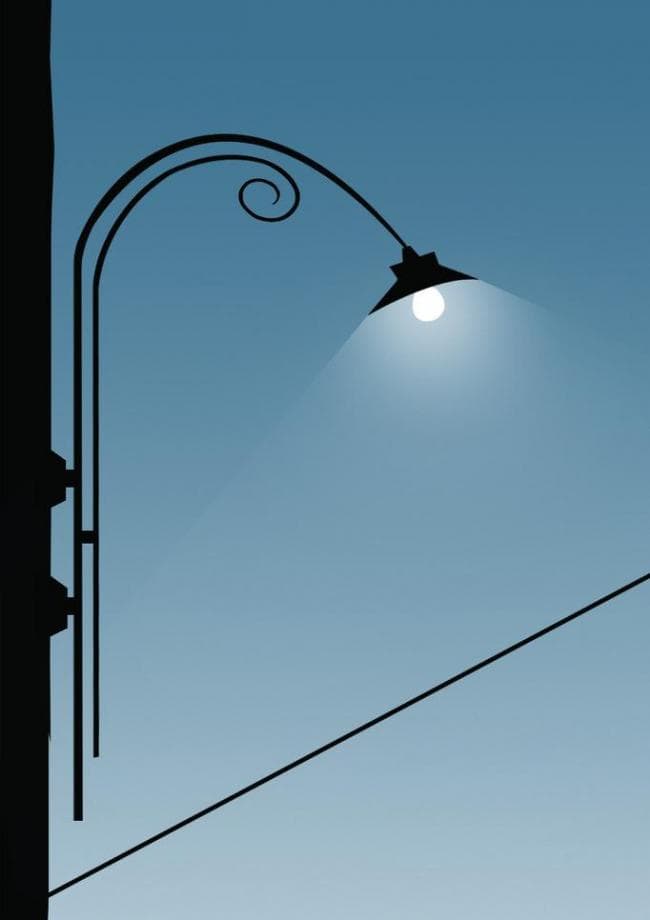
Benefits of Replacing HPS with LED
Switching from HPS bulbs to LED lighting offers numerous advantages, making it a practical and beneficial decision for both commercial and residential applications. Let’s take a closer look at some of the main benefits:
1. Energy Efficiency
LEDs are highly energy-efficient compared to HPS bulbs. On average, LEDs use 50% to 70% less electricity to produce the same amount of light. For example, an LED bulb might use only 100 watts to replace a 250-watt HPS bulb, cutting energy consumption by more than half. This leads to significant cost savings, especially for large-scale applications such as street lighting, parking lots, and industrial facilities where multiple lights are used.
2. Longer Lifespan
One of the key advantages of LEDs is their longevity. While HPS bulbs typically last between 15,000 to 24,000 hours, LED bulbs can last up to 50,000 hours or more. This means that LED lights need to be replaced far less frequently, reducing maintenance costs and downtime. For municipalities or businesses with large lighting systems, the longer lifespan of LEDs can result in substantial savings in both labor and material costs.
3. Improved Light Quality
HPS lights are known for their poor color rendering index (CRI), which means they have difficulty accurately representing colors. This can make outdoor areas lit by HPS lamps look dull and yellowish. LEDs, on the other hand, offer much better color rendering, often with a CRI of 80 or higher, allowing for more natural and vibrant light. This makes LEDs ideal for settings where color accuracy and clarity are important, such as parking lots, retail environments, and public spaces.
4. Instant On and Off
Unlike HPS lights, which require a warm-up period to reach full brightness, LED lights turn on instantly at full power. This feature is particularly beneficial for applications like security lighting or motion-activated systems where immediate lighting is needed. LEDs also don’t experience the flickering or delay that is common with HPS lamps when they are turned on or off.
5. Dimmability and Smart Control
Many LED bulbs are dimmable and can be integrated into smart lighting systems, providing greater flexibility and control over lighting. This allows users to adjust the brightness levels based on the specific needs of the space, further enhancing energy savings and prolonging the lifespan of the bulbs. In contrast, HPS lights typically offer limited control options, making LEDs a much more versatile and adaptable lighting solution.
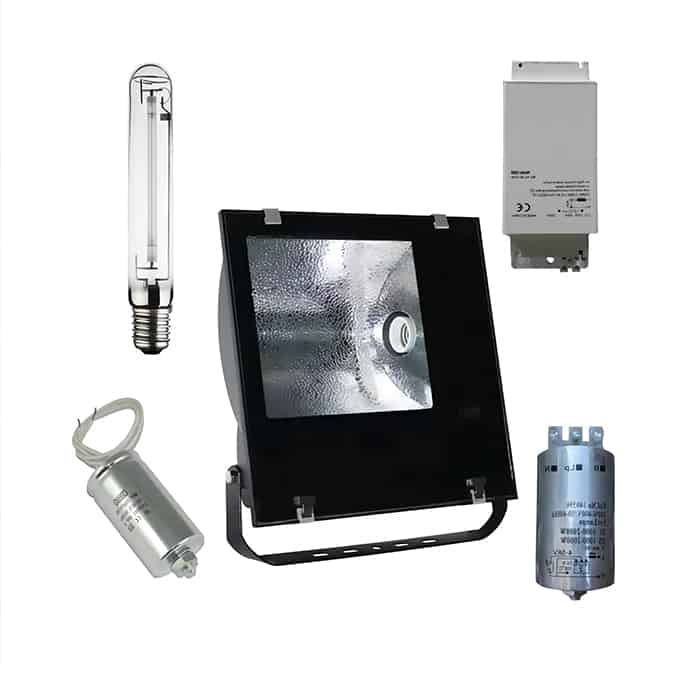
Cost Savings and Return on Investment
While the upfront cost of LED bulbs is higher than that of HPS bulbs, the long-term savings on energy and maintenance make LEDs a smart investment. For example, by replacing a 250-watt HPS bulb with a 100-watt LED, you can reduce energy use by 60%. Over time, this results in substantial savings on electricity bills, particularly in environments where lights are used for extended periods, such as 12 hours a day.
The return on investment (ROI) for switching to LEDs is typically realized within 1 to 3 years, depending on factors such as the scale of the installation, local electricity costs, and the operational hours of the lighting system. The longer lifespan of LEDs and the reduced need for maintenance further contribute to the overall cost savings.
Challenges and Considerations When Replacing HPS with LED
While replacing HPS bulbs with LED offers numerous benefits, there are a few challenges and considerations to keep in mind:
- Upfront Costs: LED bulbs are generally more expensive than HPS bulbs initially. However, the long-term energy savings and reduced maintenance costs typically offset this higher upfront investment.
- Fixture Compatibility: While many LED retrofit kits are designed to fit into existing HPS fixtures, some fixtures may not be compatible with the size or design of the new LED bulb. In some cases, it may be necessary to replace the fixture altogether.
- Ballast Bypass or Removal: As mentioned earlier, most LED bulbs don’t require ballasts, so it may be necessary to bypass or remove the existing HPS ballast during installation. This can involve additional labor and may require the help of an electrician, especially for large-scale installations.
By addressing these considerations and planning carefully, you can make the transition from HPS to LED as smooth as possible.
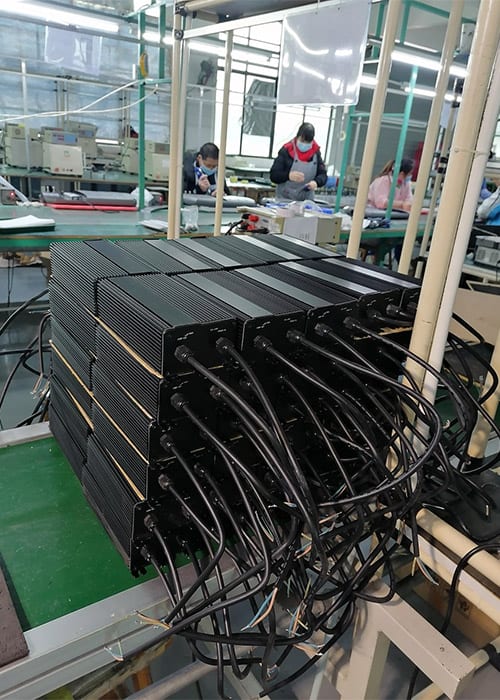
Final Words:
Yes, you can replace high pressure sodium bulbs with LED equivalents, and in most cases, you should. Retrofit LED bulbs are designed to fit into your existing fixtures and offer many benefits, including better energy efficiency, longer life and better light quality.
While the upfront cost of LEDs may be more, the money you save in the long run on your energy bill and not having to replace them makes them a great investment for businesses and homeowners. Whether you’re lighting streets, parking lots or big industrial spaces, switching from HPS to LED will save you money and give you better light.

